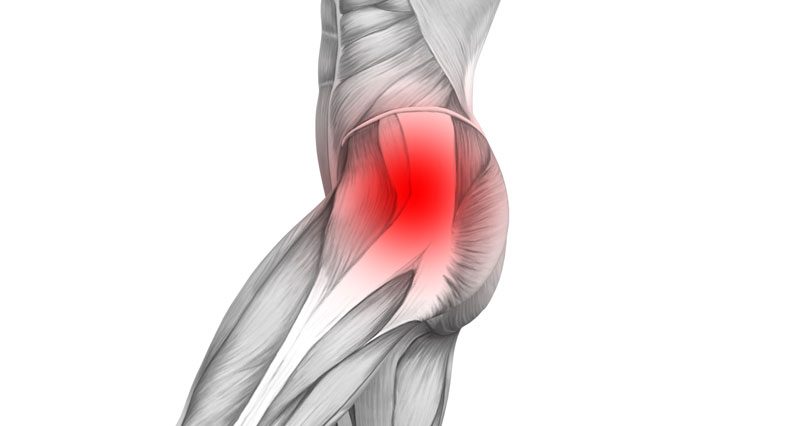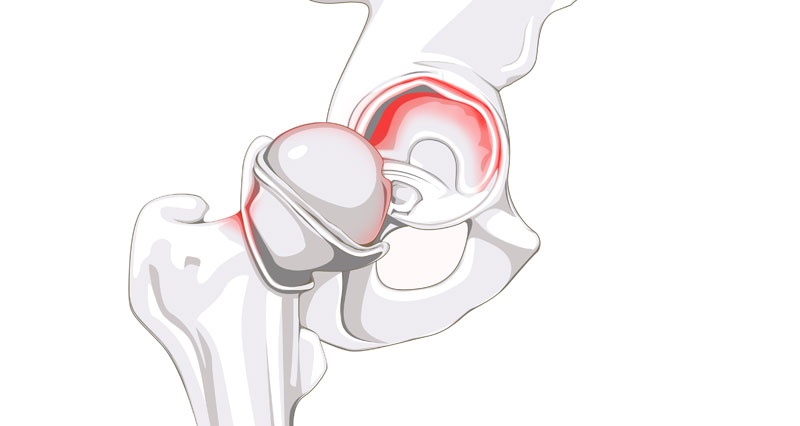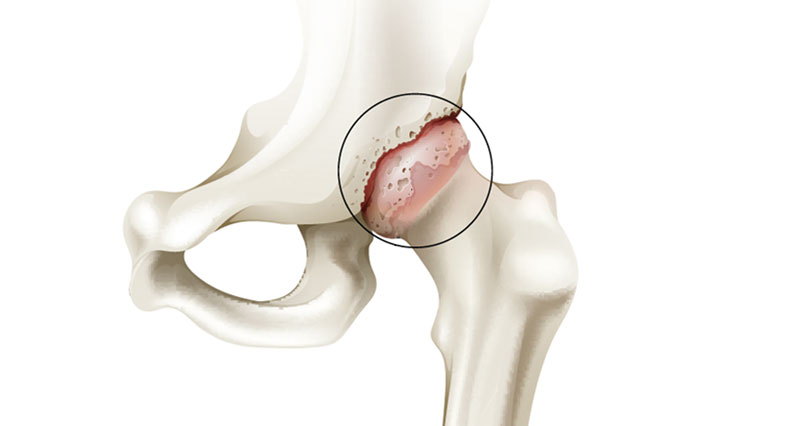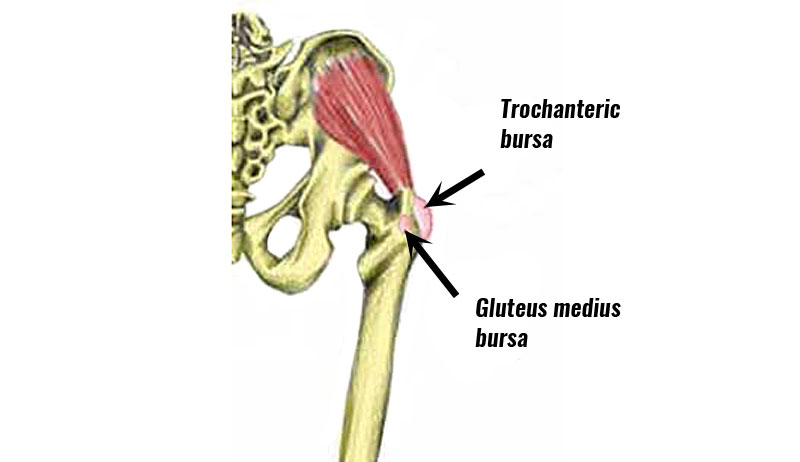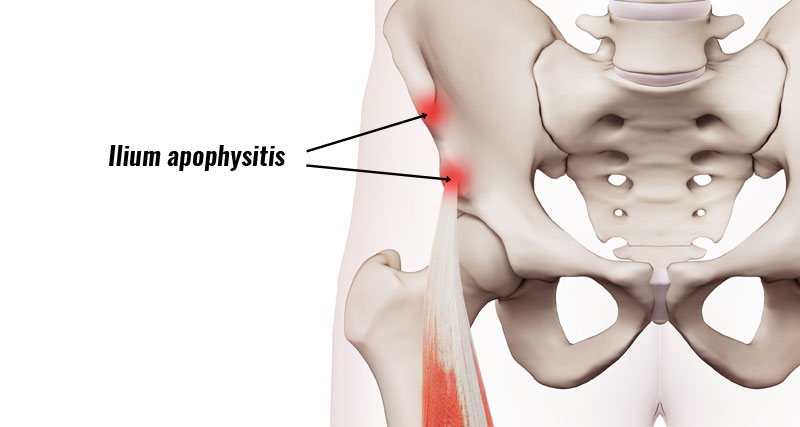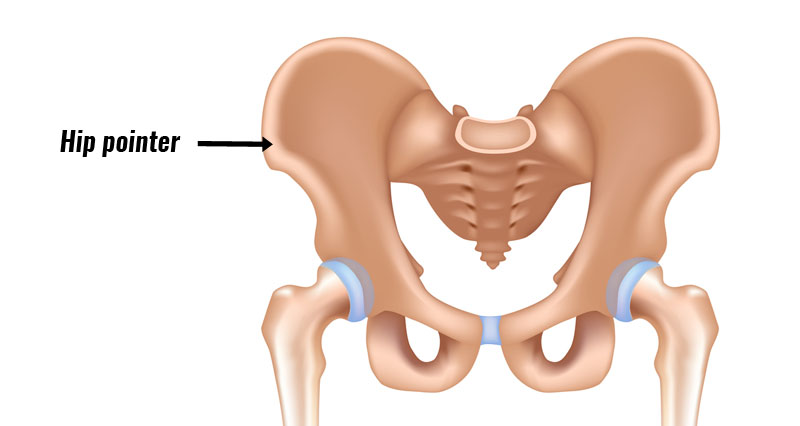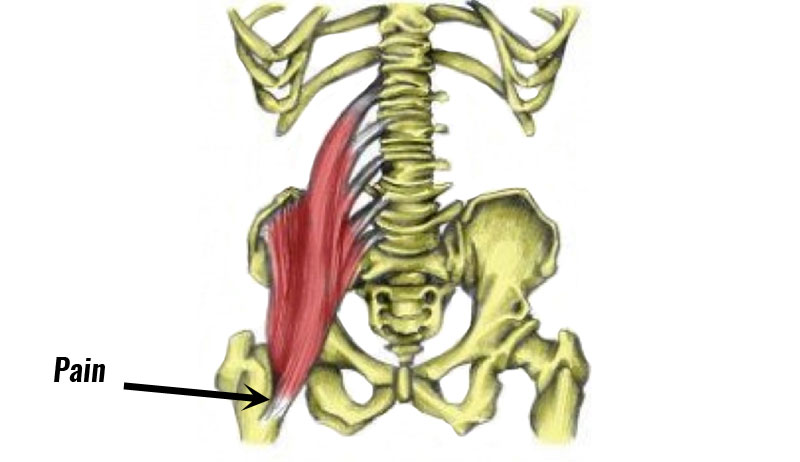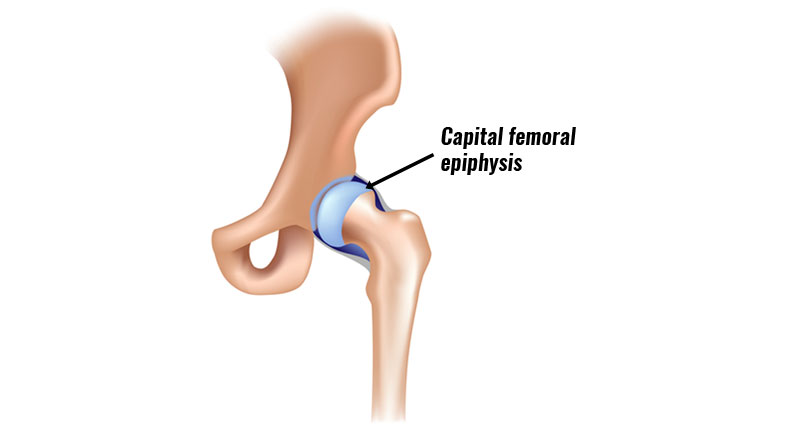Hip synovitis is inflammation of the synovial membrane of the hip. It often occurs in sports people alongside another hip joint injury. Here we explain the common causes of inflammation of the hip joint.
Hip synovitis symptoms
- If you have synovitis you will have hip joint pain.
- You will have pain in the hip when exercising and at rest.
- Walking will be uncomfortable and may make symptoms worse.
- Night pain is also a common sign of hip synovitis.
- Sometimes you may have a fever
- Pain can also radiate into the knee joint.
What causes hip synovitis?
The following injuries may cause, or exist at the same time as hip synovitis:
Labral tear
A labral tear of the hip is a tear to the acetabulum (lining the joint). Symptoms include pain in the hip and/or groin, clicking or locking of the joint may occur, stiffness, and restricted mobility.
Read more on Labral tears.
Osteoarthritis & Chondropathy
This is ‘wear and tear’ (degeneration) of the joint. The hard cartilage protecting the ends of bone wears away. Chondropathy is a disease of this cartilage, also known as hyaline cartilage or articular cartilage. Then the bone itself begins to erode. Symptoms include hip pain, reduced hip mobility, and joint inflammation (synovitis). It is common in older people over the age of 50, especially women.
Read more on Osteoarthritis.
Ligament teres tear
The ligamentum teres is a ligament that joins the pelvis to the head of the femur (thigh bone). Symptoms are similar to a number of other hip injuries and include deep aching hip pain, reduced range of motion, and night pain.
The hip joint is a very stable joint, protected by strong ligaments. However, any ligament sprain (tear) may cause hip synovitis.
How does synovitis affect children?
Transient synovitis (sometimes called toxic synovitis) of the hip often affects young children, between the ages of two and nine. It is not really understood why this occurs, although it is thought to be linked to a virus.
It causes pain and inflammation around the hip joint. Symptoms often come on quickly and last for up to a week.
Perthes disease is a common cause of hip pain in children.
Treatment of hip synovitis
- Treatment should be aimed at addressing the original cause or co-existing condition.
- NSAID or anti-inflammatory medication may be prescribed along with physiotherapy to restore normal movement and function.
- Any hip pain in children should be examined by a Doctor.
- Synovitis must be distinguished from a bacterial infection which is far more serious. This can be done using blood tests.
- X-rays may also be taken to rule out Perthes’ disease.
- Anti-inflammatory medication may be prescribed (such as ibuprofen).
- Generally, the condition is left to run its course, although the child should be closely observed and temperature checks should be made.
References
- Dwyer MK, Jones HL, Hogan MG et al. The acetabular labrum regulates the fluid circulation of the hip joint during functional activities. Am J Sports Med 2014;42(4):812–9
